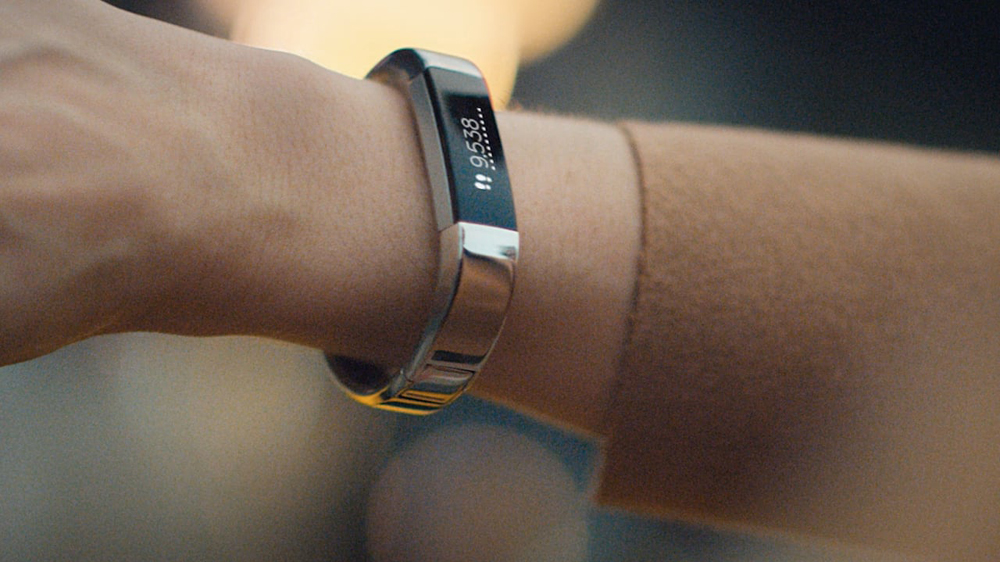
Researchers at Harvard University in the US have created a soft, stretchy fabric-based sensor that may transform any piece of clothing into a Fitbit-like fitness tracker.
The sensor is highly sensitive and made of silicone and fabric that moves and flexes with the human body to unobtrusively and accurately detect movement.
Conor Walsh, Professor at John A Paulson School of Engineering and Applied Sciences (SEAS), Harvard, said, "We are really excited about this sensor because, by leveraging textiles in its construction, it is inherently suitable for integration with fabric to make 'smart' robotic apparel."
Ozgur Atalay, from Wyss Institute for Biologically Inspired Engineering, said, "We have designed a unique batch-manufacturing process that allows us to create custom-shaped sensors that share uniform properties, making it possible to quickly fabricate them for a given application."
The technology consists of a thin sheet of silicone (a poorly conductive material) sandwiched between two layers of silver-plated, conductive fabric (a highly conductive material), forming a capacitive sensor.
This type of sensor registers movement by measuring the change in capacitance, or the ability to hold electrical charge, of the electrical field between the two electrodes.
The hybrid sensor's superior performance stems from its novel manufacturing process, in which the fabric is attached to both sides of the silicone core with an additional layer of liquid silicone that is subsequently cured.
The team evaluated the sensor design by performing strain experiments in which various measurements are taken as the sensor is stretched by an electromechanical tester.
Generally, as an elastic material is pulled, its length increases while its thickness and width decrease, so the total area of the material - and, therefore, its capacitance - stays constant.
Surprisingly, the researchers found that the conductive area of their sensor increased as it was stretched, resulting in greater-than-expected capacitance.
The hybrid sensor detected increases in capacitance within 30 milliseconds of strain application and physical changes of less than half a millimetre, confirming that it is capable of capturing movement on the scale of the human body.
Vanessa Sanchez, a graduate student in the Biodesign Lab at SEAS, "We see promising applications for motion capture 'in the wild,' such as athletic clothing that tracks physical performance or soft clinical devices to monitor patients in their homes."
Wash said, "In addition, when combined with fabric-based soft actuators, these sensors will enable new robotic systems that truly mimic apparel."
He said, "This technology opens up entirely new approaches to wearable diagnostics and coupled therapeutics that undoubtedly will pay a central role in the future of home health-care."
The research was published in the journal Advanced Materials Technologies.

